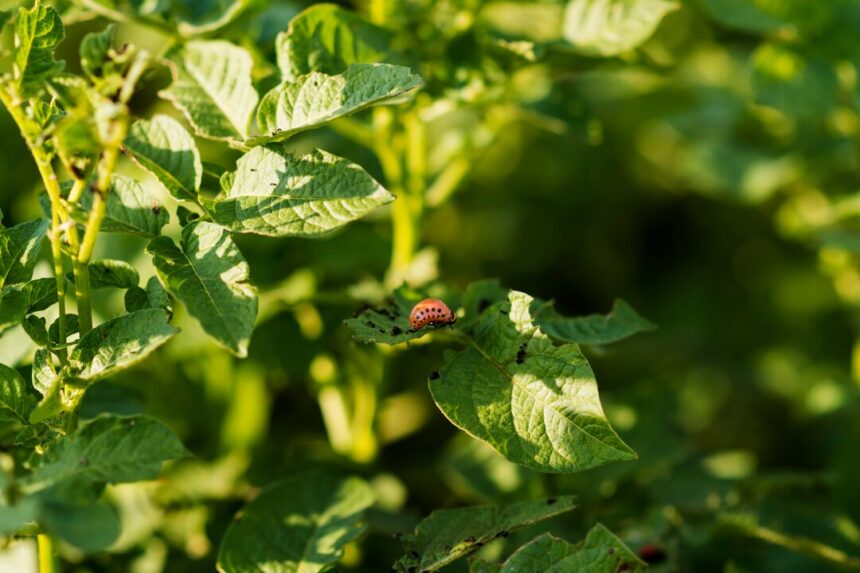As any gardener knows, keeping plants healthy and thriving requires more than just sunlight and water. One of the biggest challenges gardeners face is dealing with pesky pests that can wreak havoc on plants, causing damage to leaves, stems, and fruits. However, with proper identification and timely intervention, it’s possible to manage common plant pests effectively. In this guide, we’ll explore how to identify and treat some of the most prevalent plant pests encountered by gardeners.
Identifying Common Plant Pests:
- Aphids: These tiny, pear-shaped insects are commonly found on the undersides of leaves. They come in various colors, including green, yellow, and black, and feed by sucking sap from plants, causing leaves to curl and distort.
- Whiteflies: Whiteflies are small, moth-like insects that congregate on the undersides of leaves. They feed by sucking sap from plants and produce honeydew, which attracts ants and encourages the growth of sooty mold.
- Spider Mites: Spider mites are tiny arachnids that feed on the sap of plants, causing stippling and discoloration of leaves. They are often found on the undersides of leaves and produce fine webbing.
- Scale Insects: Scale insects are small, oval-shaped pests that attach themselves to stems and leaves, sucking sap from plants. They can be difficult to detect due to their protective shell-like coverings.
- Mealybugs: Mealybugs are soft-bodied insects covered in a white, waxy substance. They feed on plant sap and can cause stunted growth, wilting, and yellowing of leaves.
Treating Common Plant Pests:
- Manual Removal: For small infestations, manually removing pests by hand or using a strong stream of water can be effective. Be sure to check the undersides of leaves where pests often congregate.
- Neem Oil: Neem oil is a natural insecticide derived from the neem tree that is effective against a wide range of pests, including aphids, whiteflies, and spider mites. Dilute neem oil according to the manufacturer’s instructions and apply it to affected plants.
- Insecticidal Soap: Insecticidal soap is a safe and effective option for controlling soft-bodied insects such as aphids, whiteflies, and mealybugs. Spray plants thoroughly with insecticidal soap, ensuring complete coverage of both the tops and undersides of leaves.
- Horticultural Oil: Horticultural oil, also known as dormant oil, suffocates pests by coating them in oil and disrupting their respiratory system. Apply horticultural oil to plants during the dormant season or when temperatures are below 90°F (32°C) to avoid leaf damage.
- Biological Control: Introducing natural predators such as ladybugs, lacewings, and predatory mites can help control pest populations in the garden. Release predators directly onto affected plants or purchase them from reputable suppliers.
- Cultural Practices: Practicing good garden hygiene, such as removing debris, pruning infected plant parts, and avoiding over-fertilization, can help reduce the risk of pest infestations and promote plant health.
Identifying and treating common plant pests is an essential aspect of successful gardening. By familiarizing yourself with the signs and symptoms of pest infestations and employing appropriate treatment methods, you can effectively manage pests and protect your plants from damage. Remember to monitor plants regularly for signs of pests and take proactive measures to address any issues promptly. With proper care and attention, you can enjoy a thriving garden free from the scourge of common plant pests.
Join 'Farmers Mag' WhatsApp Channel
Get the latest Farming news and tips delivered straight to your WhatsApp
CLICK HERE TO JOIN






